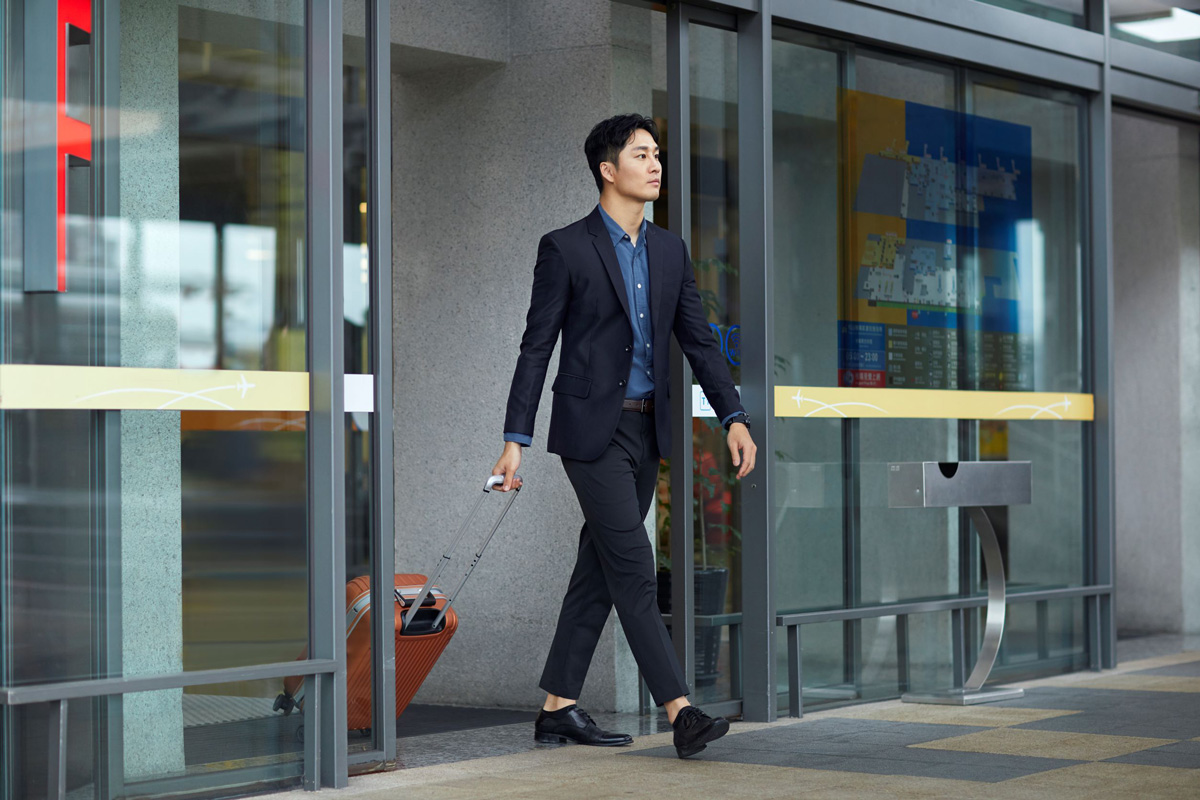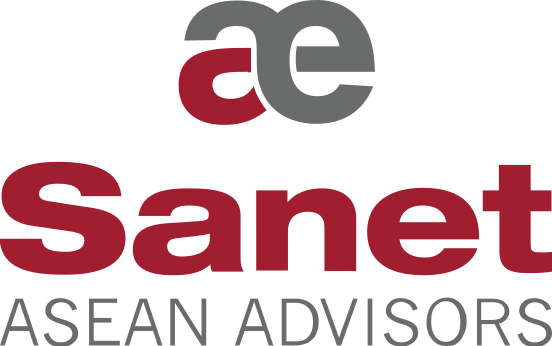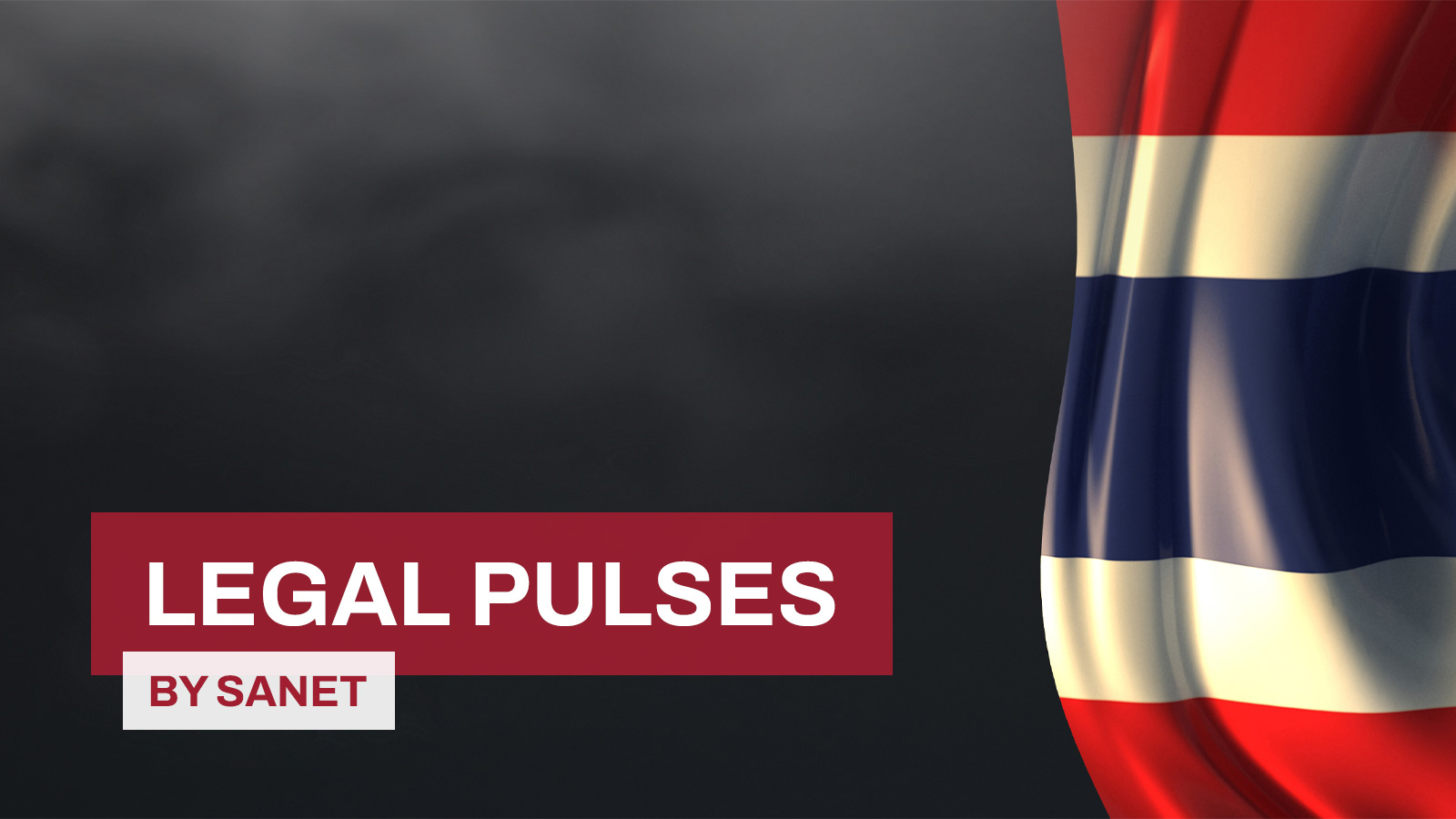The comprehensive article with practical example
At the beginning of the 2000s the ASEAN Community prepared to launch their most ambitious and promising legal innovation. Similar to their European counterparts they planned to establish free movement within the ASEAN region. For the time being they only planned to extend this free movement to workers but that alone would already lead to exponential economic growth and enable ASEAN to take on a significant role on the global market. This article will examine the evolution of the free flow of workforce under ASEAN as well as give a condensed summary of the different methods through which it is facilitated, with a special focus being put on the Thai implementation of the ASEAN principles. 
The creation of the free flow
In order to realize this project, the necessary foundations had to be laid. These were established with the creation of the AEC (ASEAN Economic Community), an organ created with the sole focus of turning the ASEAN region into a more dynamic and economically competitive force on the global market. With the AEC a variety of agreements were forged to increase the AECs reach, these included accords pushing the development of the free flow of workforce. On of these agreements was the Blueprint of 2008. In this document the Member States openly stated their intention of establishing a free flow of workforce for the first time. The Blueprint announced that the AEC would promote higher mobility through facilitating the entry of workers active in the trading of goods, services, and investments, therefore allowing for a better exchange of information and expertise between workers. This would be accomplished by relaxing the Visa obtention criteria, the simplification of the Visa issuing process, the advertising of job offers across the ASEAN territory, and most importantly the development of common competences and qualifications for employment and traineeships. With the wide range of professions covered by the Blueprint and the wide range of measures planned to be implemented the free flow first appeared to be applicable to a large field of workers. This expectation was however put into perspective once the Blueprint was completed by the Framework Agreement on Mutual Recognition Arrangements. The Framework clarified that the free flow would only be applicable to a smaller sector of professions, namely tourism, engineering, architecture, nursing, accountancy services, medical and dental practitioners, and surveying qualifications. In these profession sectors recognition policies would be aligned and the Member States would apply mutual recognition to workers fulfilling the common recognition criteria set out by the States. They would also further detail the recognition criteria and the authorities implemented in the recognition process, as well as the documents needed to apply with said authorities. This is where we begin to see that the free flow under ASEAN is somewhat limited and that in fact only a certain percentage of workers, subjected to strict recognition processes, would fall within the frame of the free circulation of workforce. The frame of application is further specified by the Framework stating that additional Mutual Recognition Arrangements (MRAs) specific to each sector and further detailing the recognition process would be created. With these, further restrictions imposed by the individual MRAs could be expected. One of these restrictions was the specification that the MRAs would only be applicable to workers meeting the criteria of a skilled worker. This notion refers to workers that have obtained professional recognition through fulfilling the criteria set out by their future host country. To gain such recognition, they need the necessary professional qualifications, a professional license, the required minimum amount of active time in their profession, the required education, a lack of violations of professional and ethical standards, and to not be involved in any investigations or pending legal procedures.
Recognition processes under the MRAs
Having established the sectors targeted by the MRAs and having defined the workers eligible to benefit from the MRAs, we will now continue to explain the individual recognition processes under each MRA. The standards set out in each Mutual Recognition Arrangement vary, which means that requirements for professionals working in different sectors can be quite different. According to the MRAs, the skilled workers should have completed their professional training and in some cases they must, for example, obtain licenses in their home countries. Most of the MRAs state that the applicants need to have multiple years of work experience, ranging from 3 years for nursing up to 10 years for architecture. There are three different options for the process the workers need to go through to get recognized as a professional in other ASEAN Member States. These processes apply to most of the profession sectors, with only surveying qualifications being left out. The reason for this is that the MRA on surveying qualifications does not establish any cohesive recognition process. Hence, we will exclude this sector from the article and focus on the three effective systems. Firstly, the easiest process is automatic recognition, which applies to the entire tourism sector. If the workers meet the requirements set out in the MRA, the Tourism Professional Certification Board located in the workers’ country of origin issues a Tourism Competency Certificate. With the issuance of the Certificate, the workers get automatically registered on the ASEAN Tourism Professional Register and their qualifications can be recognized in other Member States, allowing them to start working in any other ASEAN country. Secondly, there is a 2-step process applicable to dental, medical and nursing services, where recognition takes place in two stages, first in the country of origin and then in the country of destination. In their country of origin, the workers need to get a license from the Professional Regulatory Authority (PRA), which is an authority that considers the skilled workers’ applications and authorizes them to work as registered foreign professionals. In addition, they need to meet the requirements of the MRA, including having practiced the profession for a certain number of years, and following professional development regulations and professional and ethical standards, as well as other additional local requirements imposed by the country of destination. Once the workers meet all the requirements, they can apply to the destination country’s PRA to get full recognition and start working. Even though the 2-step process would seem more efficient than the 3-step process, the MRAs relating to the medical and dental services are actually quite vague. The countries of destination have full authority to determine any criteria for the applicants, which can make the process complicated especially when the requirements can be unclear and hard to find. Lastly, the 3-step process applies to accountancy, architecture and engineering sectors. The process is divided into three levels, the first one being the country of origin, the second one the ASEAN level, and the third one the country of destination. In their country of origin, the workers need to get a professional license from the PRA, and fulfill the requirements set out in the MRA, including, for instance, a minimum number of years of practice. Then, the workers need to apply to the working field specific Monitoring Committee (MC) of their country of origin. If the workers qualify, the MC recommends admittance to the ASEAN level registry of that sector. On the ASEAN level, a sector specific Council reviews the recommended applicants and gives ASEAN titles for the successful ones. Finally, after receiving the titles, the workers must ensure they meet any additional requirements under local laws and regulations before applying as a Foreign Registered Professional in the host country. For example, most workers need to find a local professional to work with. Once the worker is registered as a Foreign Professional, they can start work in the country of destination. Currently, there are about 6000 registered professionals both in the engineering and the accounting sectors and about 700 registered architects across ASEAN. Even though the requirements for recognition set out in the MRAs are quite clear, there is a chance that the criteria could change. Each Member State still has the right to regulate the covered sectors, upholding the countries’ sovereignty. Hence, the countries of destination could reassert control over the recognition processes if the country of origin undergoes any regulatory changes. Therefore, the countries of destination can reverse, revise and remove recognition based on the changes made. Under consideration of these rules and guidelines ASEAN workers can get recognized in other Member States if they want to work abroad in their profession. Next, we are going to examine how the processes are operated in Thailand and which authorities the workers need to contact to get professional recognition across ASEAN. 
Recognition processes in Thailand
For tourism, there are a few specific people working in the Tourism Professional Development Division in the Department of Tourism of the Ministry of Tourism and Sports, who handle the issuance of the Competency Certificates. For dental services, the Professional Regulatory Authority is The Dental Council of Thailand, for medical services The Medical Council of Thailand and for nursing services the Thailand Nursing and Midwifery Council. For the accounting sector, the PRA and the MC are the same organization, the Federation of Accounting Professions. The same applies to architecture, where the Architect Council of Thailand is both the PRA and the MC. For engineering, The Council of Engineers Thailand acts as the PRA, and the MC is appointed by the Council. To clarify the above, let us look at the processes through an example. Anna is an engineer, who has practiced her profession in Thailand for nine years. She wants to get recognized as an ASEAN Chartered Professional Engineer to be able to work in Malaysia. Anna contacts Thailand’s PRA, in this case the Council of Engineers Thailand, to get a professional license. Anna also makes sure that she meets all the requirements of the MRA. Then, she applies to the MC which has been appointed by the Council of Engineers. After reviewing the submitted documents, and receiving payment of all applicable fees, the Council decides that Anna qualifies and recommends her to the ASEAN Chartered Professional Engineers Register. The ASEAN Chartered Professional Engineer Coordinating Committee, that meets four times per year, reviews the recommended applicants and decides that Anna can be accepted, giving her the title of ASEAN Chartered Professional Engineer. After getting the title, Anna makes sure she meets the local requirements in Malaysia. In addition to agreeing to follow all laws, regulations and codes of professional conduct, she finds a Malaysian Professional Engineer, who she needs to work in collaboration with. Finally, Anna can apply as a Foreign Registered Professional in Malaysia, and after getting accepted, start working.
Outlook on the free flow of workers
After illuminating the inner functioning of the recognition process under the MRAs, we could see that the free flow of workforce as it exists today is limited and there is room for further enhancement of this concept. The benefits of such improvements can already be observed in the tourism sector, which underwent an expansion in the early development stages of the free movement initiative. After the implementation of the changes more benefits could be derived from the rapidly developing tourism business, thus proving that through adding new sectors and simplifying the recognition process in the existing ones the free movement initiative could be immensely optimized and lead to major economic growth. However, no further additions to the free movement of workforce have been made so far. This is due to a set of external factors complicating both the implementation of the existing MRAs and the issuing process of new ones. Due to their role of weighing down the freedom of movement these factors merit further exposition. The first factor obstructing the establishment of an effective free flow of workforce is represented by the many language barriers found across most Member States. To circumvent these a common language would have to be agreed upon and the Member States seem to have settled for English. The language would represent the easiest solution and would have advantages for both the international but also the ASEAN market, seeing as English is not only the default global language but is also cited as one of the official languages in countries like Singapore and the Philippines. Still other Members need to update their English curriculum significantly for effective communication to take place. Thailand has already revised and raised its English curriculum in 2011 but since this change targets a new generation that has yet to find its footing in the professional world and does not meet the necessary requirements for recognition, the fruits of such changes are not ripe yet. Nevertheless, it shows that ASEAN Members are conscious of outstanding problems and willing to address them. Other hurdles in the freedom of movement’s way are the general family structures present across ASEAN territory. With the significant importance of family and the importance of staying close to them, some applicants might be discouraged from leaving seeing as the MRAs do not cover accompanying family members. By extending the freedom of movement to skilled workers and their families the MRAs could find a larger success and attract more applicants. In addition, if the field of workers were to be extended towards low or middle skilled workers the MRAs would find even greater success as economically less stable individuals might be more motivated to move to a different country for an increased salary, as opposed to highly skilled professionals who tend to be economically secure and therefore less likely to leave their position. If these changes were to be implemented, the MRAs could develop their full potential and bring ASEAN to new heights.
________________________________________________________________
About the authors:
Lina Walter and Tuuli Salmia
Visiting Associates at Sanet Legal

